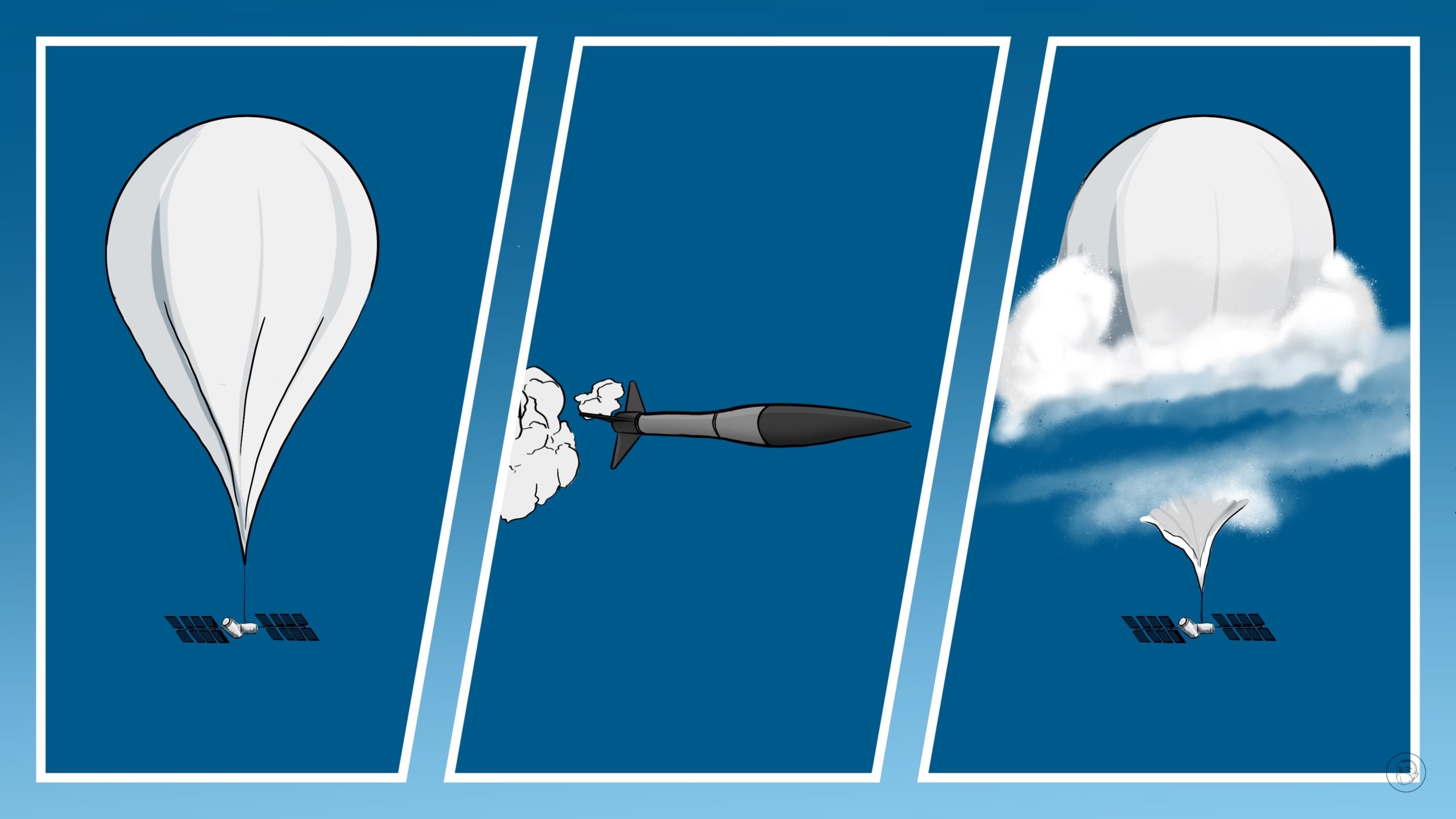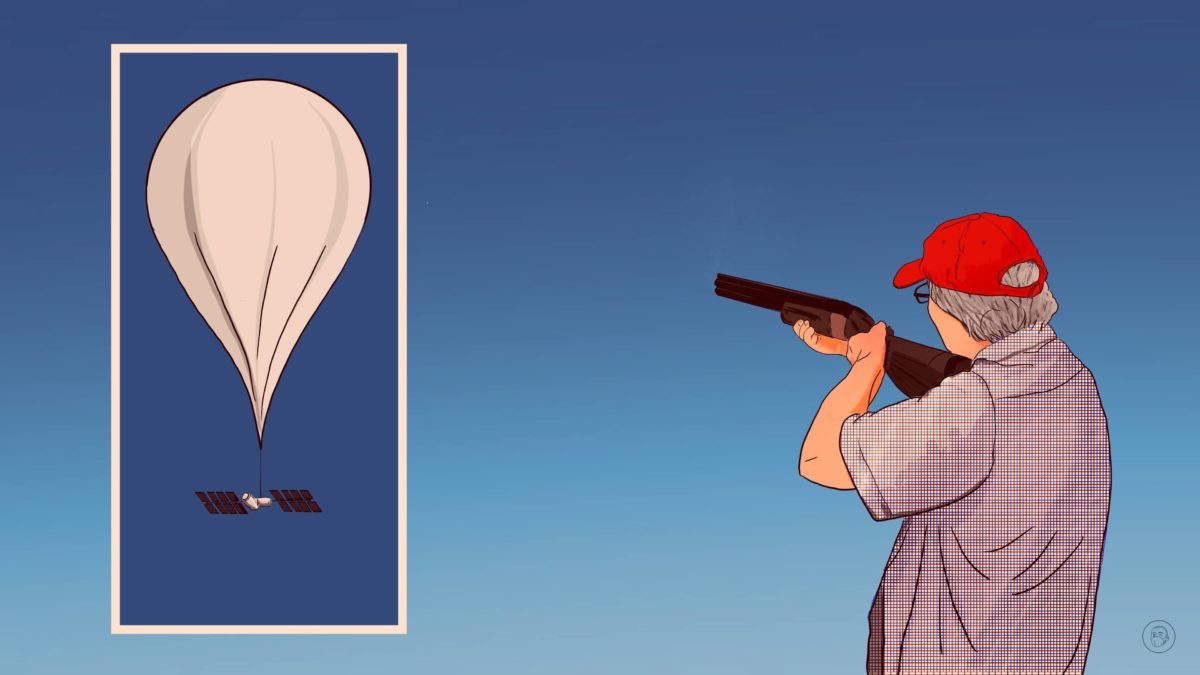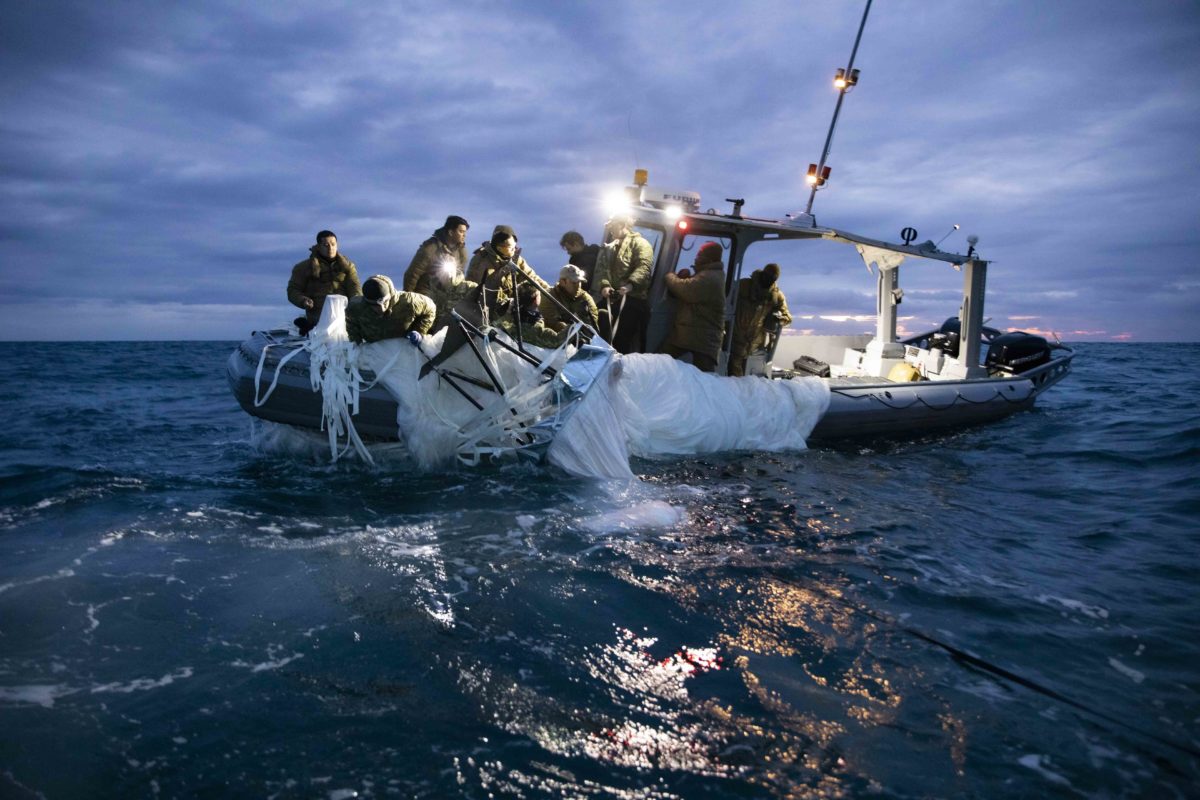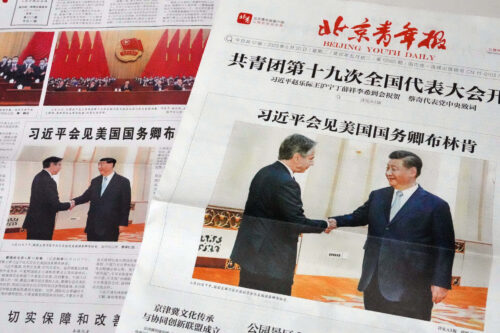Downed spy balloon leads to cancellation of U.S.-China talks
Even though the U.S. Department of Defense said the spy balloon did not present a military or intelligence threat, it put an end to a bilateral meeting that some had hoped would improve the deteriorating U.S. China relations.

On Saturday, February 4, the U.S. Department of Defense (DoD) announced that one of its Air Force F-22 fighter jets had “safely shot down a Chinese high-altitude surveillance balloon” with a Sidewinder missile.
The balloon’s payload — surveillance equipment, solar panels, and some type of navigational equipment — fell about 60,000 feet into the Atlantic Ocean, in U.S. territorial waters about six miles off the coast of South Carolina, where U.S. Navy and Coast Guard vessels are trying to recover the debris.
The DoD said “U.S. officials” first detected the balloon on Saturday, January 28 when it entered U.S. airspace near the Aleutian Islands between Alaska and Russia. It drifted over Canada, and by February 1, residents of Billings, Montana had spotted the balloon and started uploading photos and video of it to social media. According to the DoD, that same day President Joe Biden had ordered the Air Force to shoot the balloon down, but the action was delayed until the balloon was above the sea to minimize risk to human life and property.
But even before the balloon went down, it had already sunk a visit to Beijing by U.S. Secretary of State Antony Blinken that was scheduled for the weekend.
On February 3 the White House said that “it was not appropriate” for Blinken to travel to China “at this time,” and called the presence of the balloon in U.S. airspace “a clear violation of our sovereignty as well as international law,” while acknowledging the Chinese Foreign Ministry’s statement of regret.
Beijing said that balloon had “deviated far from its planned course” and called it a “a civilian airship used for research, mainly meteorological, purposes,” but many Chinese social media users seem doubtful about this explanation. (China’s Foreign Ministry has also acknowledged that a second balloon seen over Latin America is also from China, and said that it had also blown off course.)
The balloon was not a threat but it wasn’t a good look for China or for Biden
Blinken’s visit was unlikely to have led to any significant breakthroughs or immediate changes in the deteriorating U.S.-China relationship, but that relationship is now a little worse than it was before the balloon fiasco.

The DoD statement also said that Chinese balloons had “briefly transited the continental United States at least three times” during the Trump administration, and that the balloon was of limited intelligence value to Beijing, and did not constitute a military threat.
So it seems likely that the decision to shoot the balloon down may well have been taken because of the optics: With people in Montana promising to shoot it down with their own guns and Republicans criticizing Biden for allowing the balloon into the U.S. and not immediately destroying it, events were driven by ranting on American cable news shows and on Twitter.
That does not bode well for U.S. decision making on China. Or vice versa.
Update:
The U.S. Navy has published photos of the recovery operation, including this one, dated February 5:







